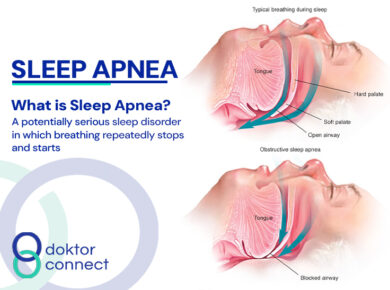The body mass index (BMI) is the measure of an individual’s body fat based on height and weight. The common interpretation is that it represents an index of an individual’s fatness.
The knowledge of your body mass index is one step in keeping your health in check. That is because the measure of your body fat based on your weight and height can tell your risk for developing certain diseases. It is calculated by dividing weight by the square of height.
According to WHO, about 604 million adults are obese globally. With increased obesity comes rising healthcare expenses. Obesity is strongly associated with serious health issues, including type 2 diabetes, hypertension, and cardiovascular problems. It can also cause fertility issues and increase the risk of developing certain types of cancer.
Now let us break it down to make this easier,
- BMI < 16.5 – severely underweight
- BMI < 18.5 – underweight
- BMI 18.6 – 24.9 – normal weight
- BMI > 25 – overweight
- BMI > 30 – obese
- BMI > 30 – 34.9 – obese class 1
- BMI > 35 – 39.9 – obese class 11
- BMI > 40 – obese class 111
MEASURING YOUR WAIST CIRCUMFERENCE
Although BMI is essential, it is not a true determinant of an individual’s health. This is because it omits lean mass which is the muscle and bone measurement, as well as fat comparison.
A bigger person might be classified as overweight or obese based on the comparison between their muscle mass and their fat. So, it’s not enough to do a BMI, the waist circumference needs to be checked too. The waist circumference helps in knowing the fat distribution which is a better prediction of health.
Those who have more fat around their midsection have a greater risk for type 2 diabetes, increased cholesterol, and high blood pressure. Experts reveal that the more fat you have around your waist, the riskier it is for your health. Waist circumference is a better estimate of visceral fat, the risky internal fat that coats the organs. Building excess body fat around your middle is more of a health risk than weight on your hips and thighs.
You can measure your waist circumference with a measuring tape. Here’s how;
- Place the tape measure directly on your skin, or over no more than one layer of light clothing;
- The correct place to measure your waist is halfway between your lowest rib and the top of your hip bone. This is roughly in line with your belly button;
- Breathe out normally and measure;
- Make sure the tape is snug, without squeezing the skin.
As a woman, your risk is increased at 80cm or more and more at 88cm or more. As a man, your risk is increased at 94cm or more and more at 102cm or more.
The Connection Between your BMI and your Health
The benefits of having a healthy BMI are the risk reduction from different diseases and having a low BMI makes you more prone to get sick and have poorer mental health. There are health risks of being overweight or obese which include:
- Type 2 diabetes
- High blood pressure
- Cardiovascular disease
- osteoarthritis
- Cancer
A well-balanced diet, regular physical activity, and healthy lifestyle help to prevent many of these diseases. The most successful way to promote weight loss is to have a lifestyle that combines improved nutrition and increased physical activity however, it will help reduce your risk of disease and has health benefits that are not causally related to weight loss. If you need medical advice on maintaining a normal BMI, our doctors are available 24/7 to guide you.




